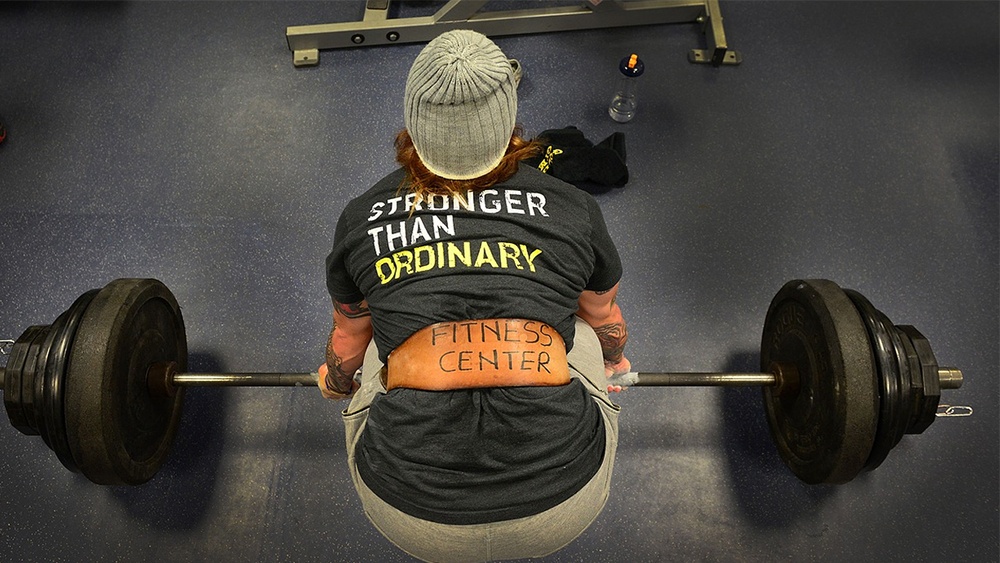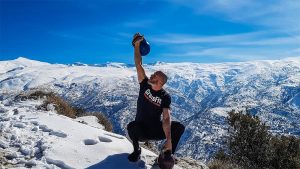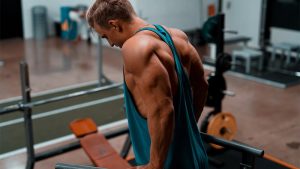The Benefits of Weight Lifting Belts
Over the years, the use of weight lifting belts has been on the decline. People worry that a lifting belt weakens the core muscles. Research has conclusively proven that this isn't true.

Pixabay
Over the years, the use of weight lifting belts has been on the decline. There is a lot of false information about what a lifting belt does. People worry that a lifting belt does the job their core should do, causing them to actually get weaker.
Research has conclusively proven that this isn’t true. In fact, wearing a lifting belt may very well help strengthen your core. This article will go over some of the main benefits of using a lifting belt when you workout.
Belts Improve Your Performance
For exercises that engage your lower body, wearing a lifting belt can improve your strength, power, and rate of muscle growth. The reasons for this are still unclear, but research has shown that reps can be performed quicker and the amount of weight can often be increased. This leads to increased muscle activity, which is what leads to building muscle.
Many people report that they can maintain their power throughout their set better when wearing a lifting belt. This is great for people who start out strong but have trouble finishing strong.
Belts Help Reduce Strain on Your Spine
By stabilizing your core, the strain on your spine is greatly reduced, leading to fewer back injuries. Multiple studies have confirmed that wearing a belt increases intra-abdominal pressure. This pressure pushes on the spine from the inside, helping to support it. The muscles in your lower back press on the spine from the inside, stabilizing it. Without this extra support, your back can easily be injured while lifting heavy weights.
Another way that wearing a lifting belt is helpful for your back is it reduces the compression of the intervertebral discs. Some studies have shown it to reduce this pressure by up to 50%.
Belts Make Your Lift with Your Legs
Movers often wear belts to help protect their backs as well. Everyone knows that you are supposed to lift with your knees, not your back. A belt will reduce the amount of spinal flexion, spinal extension, and lateral flexion.
Those are all fancy words for saying your spine can’t bend forward, backward, or sideways as much. While doing this, it also increases the flexion of your hips and knees. This creates the perfect conditions for lifting with your legs instead of your back.
Who Should Wear a Belt?
Any healthy individual who is looking to maximize their strength and muscle growth should always wear a belt while lifting. This includes when they are doing warm-up reps. Everyone who can safely do so should reap the benefits of being able to lift more and complete more reps.
Who Should Never Wear a Belt?
There are some people who should not wear a lifting belt. Those who suffer from blood pressure issues should skip the belt. This is because the belt increases the intra-abdominal pressure, which sometimes leads to blood pressure spikes. If you are at all concerned about this, be sure to consult your doctor before lifting with a belt.
Wear Your Belt Correctly
A good lifting belt can only help you if you use it properly. If the belt is too loose, it is not providing the pressure to help alleviate strain on your spine.
You will want to tighten your belt to the point of slightly restricting your core in a braced abdominal position.
Final Thoughts
Remember, a good lifting belt will not replace proper technique or bracing. It is merely a tool to add to your arsenal to ensure you get the most out of your workout possible. Although there may be people who question your use of a lifting belt, remember the science behind them is sound. Remember, your core is actually more engaged when wearing a belt, contrary to many peoples belief.
Stay on top with our newsletter.

